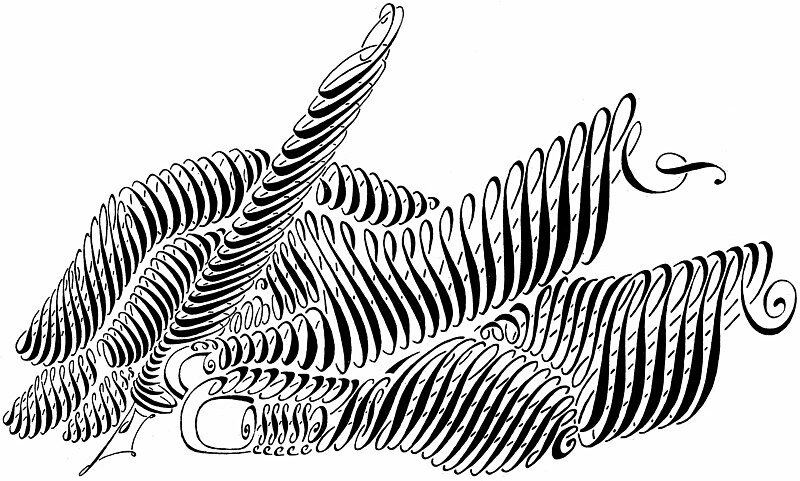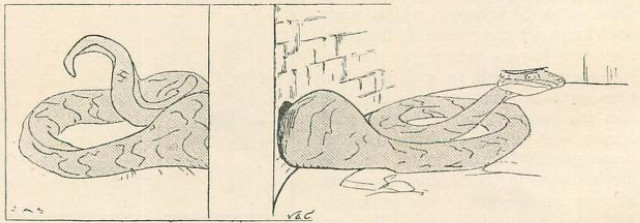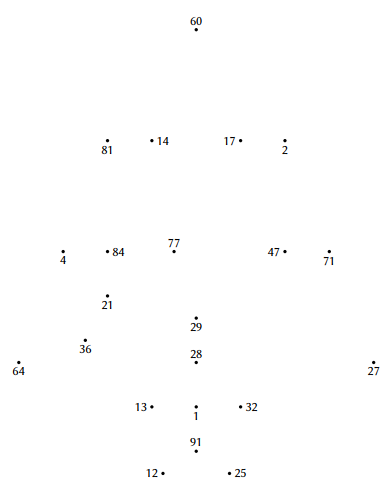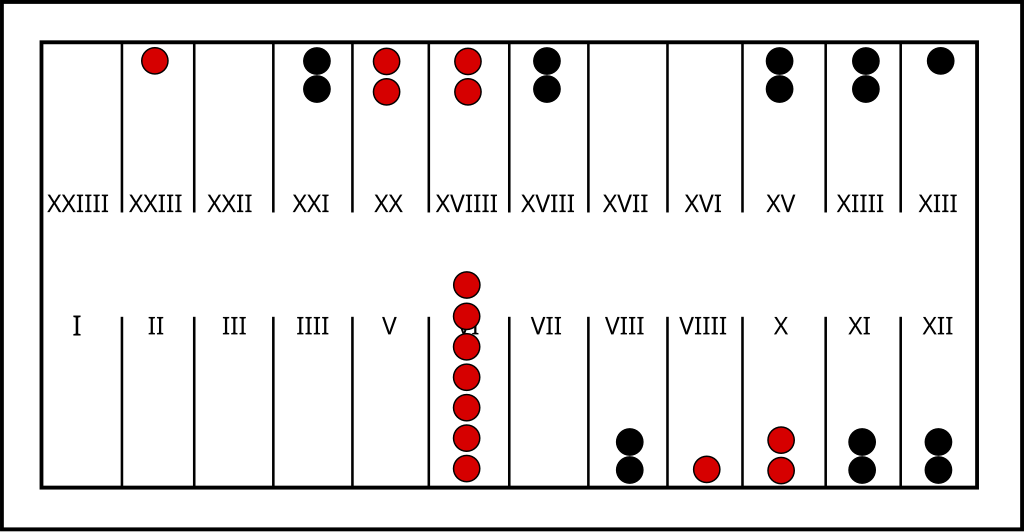Edmund Clerihew Bentley invented the clerihew, a distinctive biographical poem in four lines:
Sir Christopher Wren
Said, “I am going to dine with some men.
If anyone calls
Say I am designing St Paul’s.”
For The Complete Clerihews of E. Clerihew Bentley, Bentley compiled an “Index of Psychology, Mentality and Other Things Frequently Noted in Connection With Genius,” so that his readers might explore particular personality traits in the people he wrote about. To the poem above he assigned the following entries:
Atrocity
Bankruptcy, moral
Conduct, disingenuous
Domestic servants, dishonesty among, encouragement of
Escutcheon, blot on, action involving
Fact, cynical perversion of
Guile
Hypocrisy, calculated
Integrity, low standard of
Jesuitry
Knavery
Lie, bouncing circulation of
Machiavelli, unholy precepts of, tendency to act upon
Noblesse Oblige, disregard of apophthegm
Openness, want of
Principle, lack of
Quickening, spiritual, need of
Restoration, lax morality of, readiness to fall in with
Satanism, revolting display of
Turpitude
Untruth, plausible, ability to frame
Veracity, departure from
World, the next, neglect of prospects in
Y.M.C.A., unfitness for
Zion, outcast from
A few more sample poems.





